Dandedlion (Taraxacum officinale)
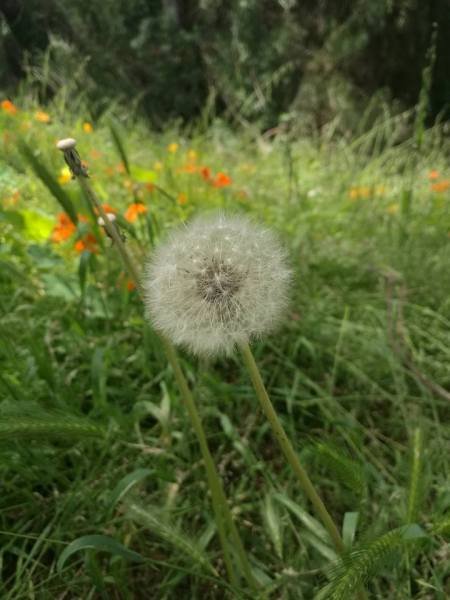
Common names: Dandelion
Taxonomic name: Taraxacum officinale
Family: Asteraceae
Uses: Food, dye, liver tonic (root), kidney tonic (leaves)
Area of origin: Eurasia
Warnings: Can cause allergies in some people, especially contact dermatitis from the sap.
Dandelion (Taraxacum officinale not ‘Tarzan officials’ as my autocorrect kept trying to suggest), it one of the great Spring tonics, ideal for a clean out after winter, which is just about when it starts to show itself.
Dandelions store their energy as inulin, which is a starchy carbohydrate much loved by probiotic flora and fauna.
So, If you’re into fermenting foods, Dandelions can help feed those little fellows in your gut that benefit from fermented foods.
The whole plant is rather bitter and cooling and this helps explain its use in both Western and Chinese herbalism. Bitters are great movers, stimulating a sluggish liver which is, after all, the organ through which most of our metabolism occurs. They stimulate bile activity, affect the uptake and storage of sugars as well as having other characteristics that we need not go into here.
Toning the liver as Dandelions do, thereby affects our whole body, they help move that digestive fire and make our livers more effective by helping the liver to eliminate wastes more effectively.
This elimination is kind of where there is a difference between the therapeutic use of the root and leaves of Dandelions.
Dandelion roots work on the liver, promoting the production and release of bile, while the leaves work to nourish and maintain the kidneys and their functions.
Dandelion leaves are a well known and widely used diuretic. That is, they make you urinate. They are so effective that it is recommended you don’t have Dandelion tea before bedtime! The French have a term for Dandelion…’pis in lit’, or ‘piss a bed’. That kind of let’s you know how well it works.
Now for the special bit that shows how plants know how to look after us.
Dandelion leaves are full of potassium. That’s good for our brains, but mostly it’s important because it’s one of the main materials that are excreted from our body when we urinate. Most pharmaceutical diuretics make us lose potassium when they work and we need potassium supplements to replace it, but Dandelion leaves are busy putting back in what they make go out!
They don’t force the kidneys to work harder, they encourage the natural process and support and nourish the tissues that clean and excreted.
By supporting one of our major pathways of elimination, Dandelion helps when other pathways have had to take up the slack left by poorly functioning kidneys. In this way, they can help with such things as varied as skin rashes and bad breath when these ailments have been caused by poor elimination.
Of course, Dandelion leaves can also help in things like edema, some heart issues, fluid build ups anywhere on the body, even dandruff – all things that may be the result of the rest of the body not eliminating properly.
IDENTIFYING DANDELION
There are quite a few similar plants around that are mistaken for Dandelion, so it’s important to learn how to identify it properly. Those plants include Catsear and Capeweed.
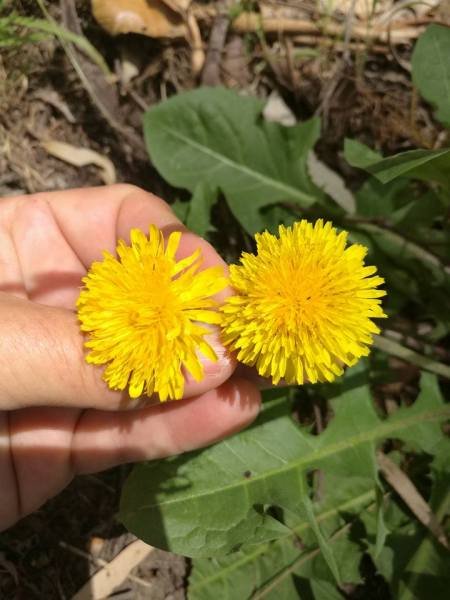
A Catsear flower next to a Dandelion flower. Which is which?
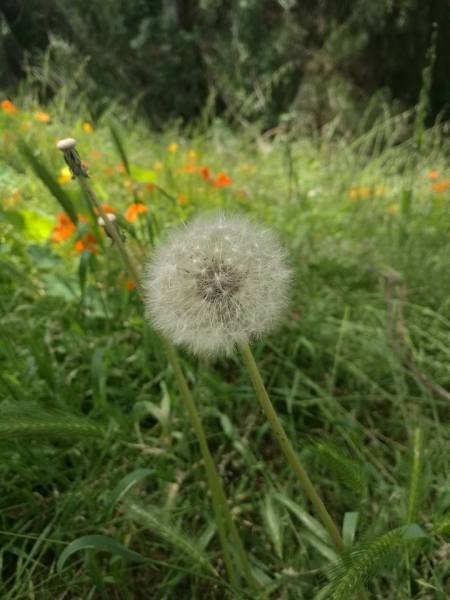
The characteristic seed head of a Dandelion
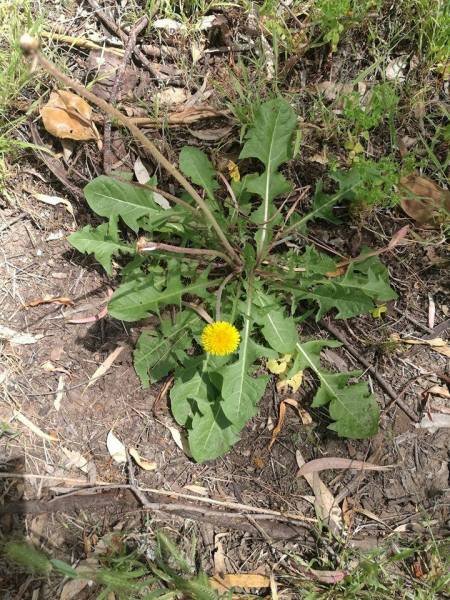
Dandelion leaf rosette and single stem.
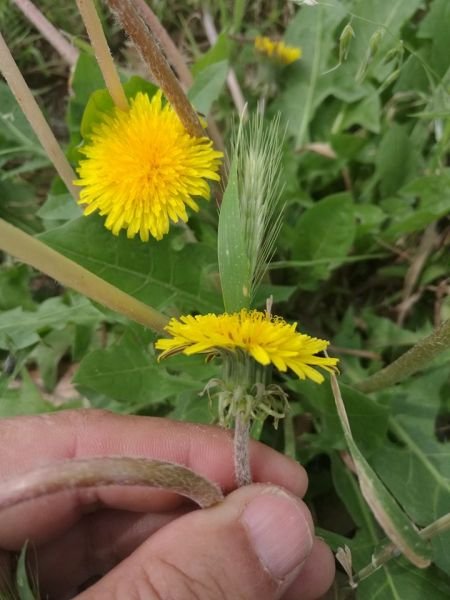
Side view of a Dandelion flower, showing the ring of narrow green bracts called the ‘involucre’ beneath it.
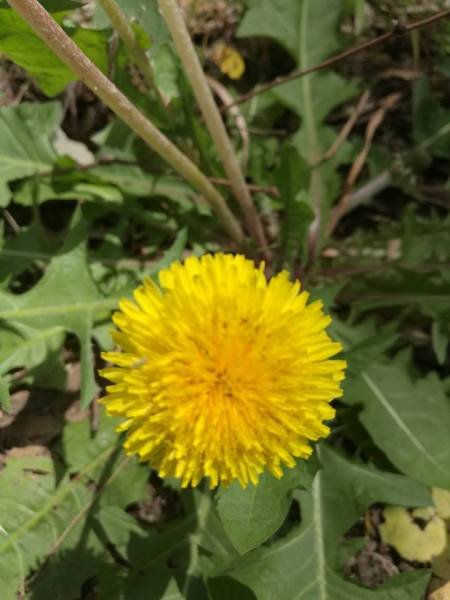
A Dandelion flower showing the arrangement of the sepals.
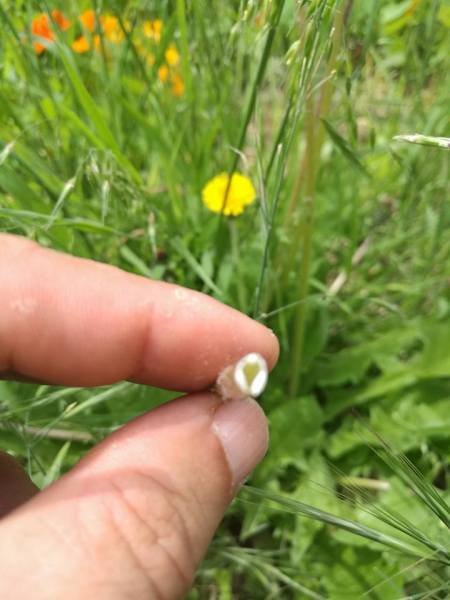
The hollow Dandelion stem, oozing sap
You have been curated by @freedompoint on behalf of Inner Blocks: a community encouraging first hand content, with each individual living their best life, and being responsible for their own well being. #innerblocks Check it out at @innerblocks for the latest information and community updates, or to show your support via delegation.